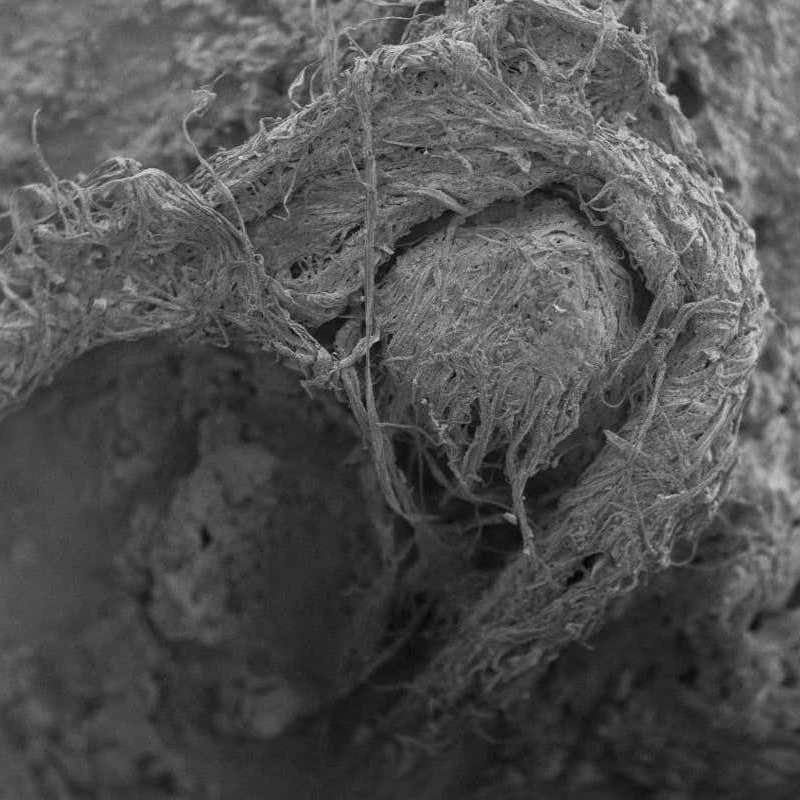Episode #771
News Items
- Coronavirus Deaths in NYC
- Sterilizing Masks
- Oldest String
- Demand Characteristics
- Lunar Radio Telescope
Who's That Noisy
- Answer to last week: Tree rings
Question #1: Snake Venom
- My name is Dr Timothy Jackson, I’m a research fellow at the University of Melbourne and co-head of the Australian Venom Research Unit. I received an enquiry from a fan of your show about snake venom LD50s. I gather you have been querying whether the inland taipan (Oxyuranus microlepidotus) or mulga snake (Pseudechis australis) has the lowest LD50? In brief, the inland taipan has the lowest LD50 (i.e. ‘most toxic’ venom) of any tested on rodents. Mulga snakes do not have impressively low LD50s – their envenoming strategy is based on very large quantities of venom, rather than particularly toxic venom. As I’m sure you know, there are a great many caveats that have to be appended to this sort of information. For example, the tests are done on lab rodents under controlled conditions – the results reflect ‘lab reality’ and are not directly translatable to either the ecological (in terms of the actual functional deployment of the venom in nature) or clinical realities. Venom may be administered subcutaneously, intramuscularly, or intravenously, which will of course significantly affect the LD50. Envenoming strategies vary greatly among snakes, and have ‘the most toxic’ venom is, in evolutionary terms, much less important than having the venom that gets the job done. The job in question differs considerably based on the kind of prey the snake is trying to subdue, the circumstances in which they are typically interacting with the prey, and whether or not the venom is also under selection for defensive usage. Inland taipans feed exclusively on rodents, and given the circumstances in which they encounter them, must be able to disable them rapidly. This may partly explain their extreme toxicity to lab rodents, but it should also be considered that their natural prey may be somewhat resistant to the venom – thus a ‘chemical arms race’ may be taking place between the taipans and their natural prey. Lab rodents are completely ‘naive’, having no evolutionary history of exposure to taipan venom, and thus may be extremely sensitive. Mulga snakes, on the other hand, feed largely on other reptiles. Every element of their feeding ecology, from prey species to prey handling behaviour, differs from that of taipans, hence their venom is very different – it attacks different systems in the prey animal. Envenoming strategies also vary in terms of ‘venom yield’ – how much venom is delivered in a typical bite – as well as associated anatomy (e.g. fang length, flexibility, etc). The most commonly cited reference for the LD50 of inland taipans and other Australian snakes remains a study done in 1979, which tested only a few non-Australian snakes in addition to a slew of Australian species. This widely publicised study is one of the reasons why Australia has the reputation of having many of the world’s ‘most venomous’ snakes. These days, LD50 testing is rarely done in Australia, but is done in preclinical assessments of antivenom products in order to determine the corresponding ED50 – the effective dosage which rescues the test subjects from the LD50. Many non-Australian snakes have impressively low LD50s, but again, it must always be remembered that toxicity to lab rodents may or may not shed light on the more interesting and important ecological and clinical questions. Please don’t hesitate to get in touch if you have any additional questions. Dr Timothy Jackson Melbourne, Australia
Science or Fiction
-
Item #1
Science
Researchers have developed a new nasal swab test for COVID-19 that is more sensitive and accurate than PCR and takes only minutes. https://www.acs.org/content/acs/en/pressroom/newsreleases/2020/april/new-covid-19-test-quickly-and-accurately-detects-viral-rna.html
-
Item #2
Science
A recent review found that more complete protective clothing may actually lead to greater contamination. https://www.cochranelibrary.com/cdsr/doi/10.1002/14651858.CD011621.pub4/full
-
Item #3
Fiction
The FDA has fast-tracked and approved the first monoclonal antibody for compassionate use in the treatment of end-stage COVID-19. https://www.templehealth.org/about/news/temple-university-hospital-treats-first-patient-in-the-us-in-clinical-trial-of-gimsilumab-for-patients-with-covid-19-and-acute-respiratory-distress-syndrome
Skeptical Quote of the Week.
“To fully understand some of the complexities in the modern world, one needs a combination of critical thinking, broad background knowledge, some specific knowledge, and much reading of reputable sources — which includes being able to recognise a reputable source.” Dr. Karl







